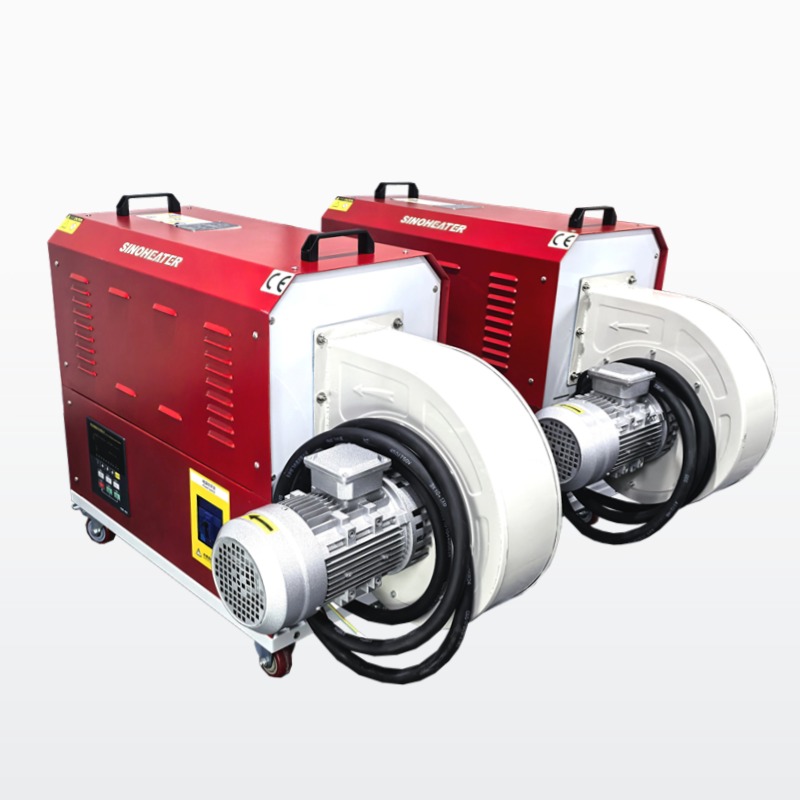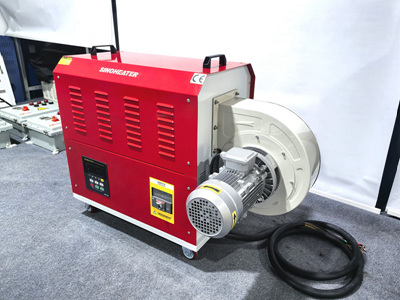When choosing the power of a small household hot air blower, the main considerations should be the area of the room and the usage requirements. The following are some specific suggestions:
First, select the power based on the area of the room
Small rooms under 10 square meters:
Suggested power: About 1000 watts.
Reason: For smaller rooms, a 1000-watt warm air blower is sufficient to provide adequate heat, keep the room warm and comfortable, and at the same time avoid energy waste caused by excessive power.
Rooms of 10 to 15 square meters:
Suggested power: 1000 to 1500 watts.
Reason: The warm air blower within this power range can meet the heating needs of medium-sized rooms and provide a stable heat output.
Rooms of 15 to 20 square meters:
Suggested power: 1500 to 2000 watts.
Reason: As the area of the room increases, the required heat also increases accordingly. A 2000-watt warm air blower can quickly raise the indoor temperature and ensure that the entire room is warm.
Rooms over 20 square meters:
Suggested power: above 2000 watts.
Reason: For large rooms, a higher-power warm air blower is needed to provide sufficient heat and ensure the warmth of the room.
Second, consider the usage requirements
Quick heating
If you want to quickly raise the indoor temperature, you can choose a warm air blower with a slightly larger power. For example, in a cold environment, a 2000-watt warm air blower can reach the set temperature more quickly.
Energy conservation and electricity saving
If you pay more attention to energy conservation and electricity saving, you can choose a slightly smaller power warm air blower and use it in combination with the intelligent constant temperature function. When the indoor temperature reaches the set value, the warm air blower automatically reduces its power to decrease energy consumption.
Third, other precautions
Heating method:
In addition to power, the heating method is also a factor to be considered when choosing a warm air blower. PTC ceramic heating, resistance wire heating and graphene heating are common heating methods. PTC ceramic heating features constant temperature and energy conservation. The heating cost of resistance wire is relatively low. Graphene has better thermal conductivity when heated.
Security:
Choose a warm air blower with safety features such as overheat protection and power-off when tilted to ensure safety during use.
Noise level:
If you are sensitive to noise, you can choose a warm air blower with a lower noise level. Generally, a warm air blower with a noise level below 35 decibels has less noise.
Brand and reputation:
Choosing a well-known brand and a well-reputed warm air blower usually offers more guarantees in terms of quality control and after-sales service.
Fourth, sample product recommendations
Cwary Rave XN1 Warm Air Blower (1200W)
Applicable area: 21 to 30 square meters (Although the power is 1200W, its suitability for larger areas may be related to its special warm air design).
Features: It has a 90-degree head-up function, two Settings for cold air and warm air, making it multi-functional and offering an extremely high cost performance.
Airmate Warm Air Blower (2000W)
Applicable area: 10 to 15 square meters.
Features: It adopts the classic black and white color combination, with a high level of appearance and moderate size. It can start heating within tens of seconds after being turned on, with strong wind force, making it suitable for warming hands and feet. It has an overheat protection function, which is safe and reliable.
Oakes warm Air Blower (1000W)
Applicable area: 5 to 15 square meters.
Features: Retro appearance, 60-degree wide-angle air supply design. Although the power is 1000W, it has a good heating effect in small rooms.




